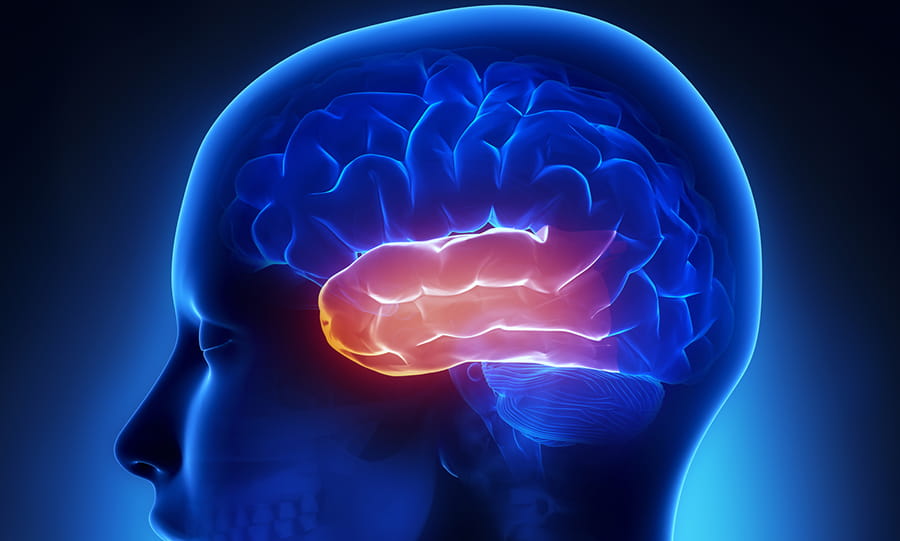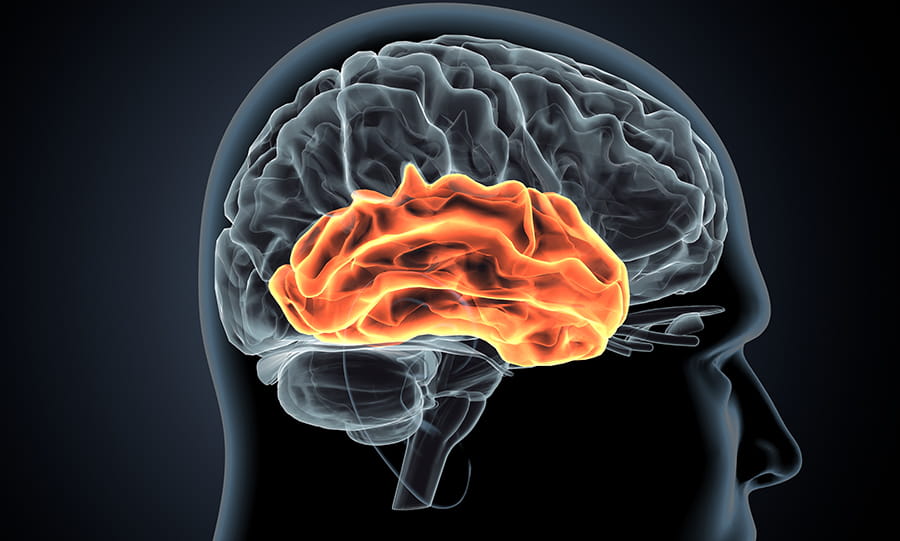Epilepsy is a complex disease, with different types of seizures that may start in different parts of the brain. This variability makes it important to get an exact diagnosis using the kind of advanced technology and testing that is available at a Level 4 epilepsy center like the one found at The Ohio State University Wexner Medical Center.
The specialists at our Comprehensive Epilepsy Center will pinpoint the specific area or areas of your brain that are starting your seizures. If your seizures are found to be started in one area or group of cells in one side of the brain, you’ll be diagnosed with focal epilepsy.
The most common form of focal epilepsy is temporal lobe epilepsy.
What is temporal lobe epilepsy?
You have two temporal lobes in your brain, one on each side of your head, just behind your temples. You’ll be diagnosed with temporal lobe epilepsy (TLE) if this is where your seizures start.
Other terms that you may hear for TLE include psychomotor seizures, limbic seizures and complex partial and simple partial seizures. And remember that because TLE is a type of focal onset seizure, you may hear this more general term used as well.
There are two types of TLE, which usually begin between the ages of 10 and 20, but can start at any age:
- Mesial temporal lobe epilepsy (MTLE) – when seizures start in the internal parts of the temporal lobe, such as the hippocampus or surrounding area. Almost 80% of all temporal lobe seizures are due to MTLE.
- Neocortical or lateral temporal lobe epilepsy – when seizures start in the outer part of the temporal lobe.
Our ability to pinpoint such a specific starting point of your seizures can make all the difference. The more specific your diagnosis, the better we can screen for potential complications and the more specific our treatment recommendations become.


